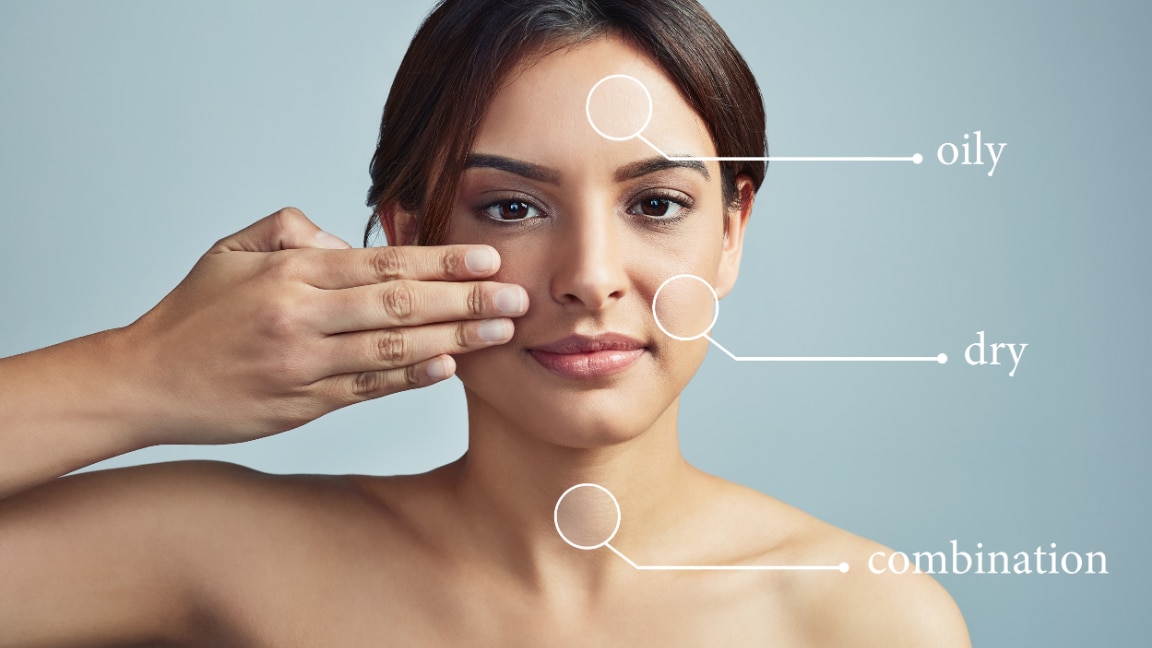In the vast, often overwhelming world of skincare, the single most crucial step you can take is to know your skin type. Imagine trying to build a house without knowing the foundation you're working with–you'd likely end up choosing the wrong materials, leading to instability and failure. Similarly, skincare built on assumptions about your skin's inherent characteristics will, at best, be ineffective and, at worst, cause irritation, breakouts, and chronic issues.
Understanding your unique skin types is the foundation for effective skincare. It dictates everything from the ingredients you should seek out to the textures you should embrace. This knowledge acts as your personal skincare GPS, guiding you past generic advice and toward a tailored routine that addresses your skin's specific needs, leading to noticeable, lasting results. This guide will walk you through definitive tests and provide targeted treatment plans so you can finally move from guessing to knowing, transforming your skincare journey.
01Why Knowing Your Skin Type Matters
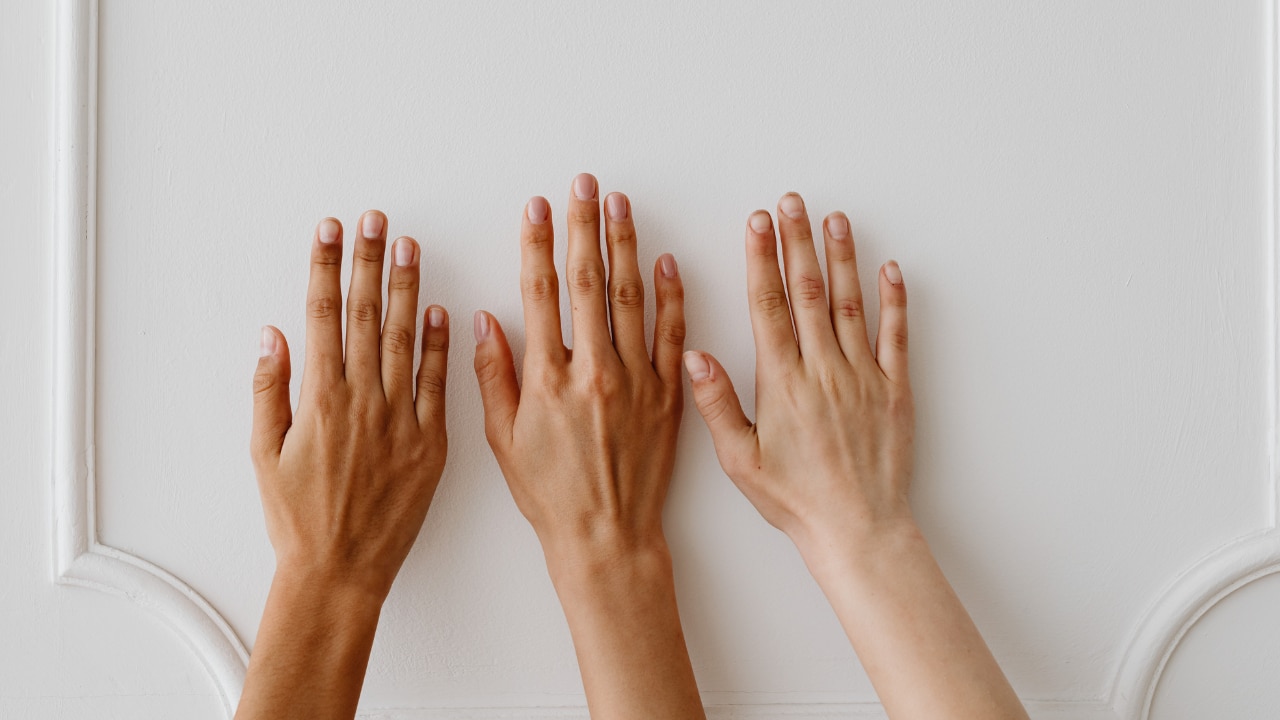
Understanding your skin's classification is more than just a label; it's the key to unlocking your skin's full potential. Here are the core benefits of determining how to know your skin type:
- Choose the Right Products: This is the most immediate benefit. Knowing your skin type prevents you from applying heavy creams on oily skin (leading to congestion) or drying foaming cleansers on dry skin (leading to irritation). It allows you to select formulations–creams, gels, oils, serums–that complement your skin's natural balance.
- Prevent Skin Issues: Skincare isn't just about fixing problems; it's about prevention. Oily skin, for instance, requires products that control sebum to prevent blemishes, while dry skin needs occlusives to prevent moisture loss, reducing flakiness and premature ageing. A correct routine maintains equilibrium, preempting common issues.
- Target Specific Concerns Effectively: Fine-tuning your product selection allows you to address secondary concerns like hyperpigmentation, sensitivity, or ageing more efficiently, as the base of your routine is already perfectly suited for your skin's primary characteristics.
- Save Time and Money: Stop wasting money on trendy products that are fundamentally wrong for you. A focused routine based on your actual skin needs is more streamlined, effective, and economical in the long run.
- Maintain Long-Term Skin Health: A consistent, correct routine supports the skin barrier function. A healthy barrier is resilient, better able to defend against environmental stressors, and maintains its optimal hydration levels, ensuring long-term skin health.
02How Many Skin Types Are There?
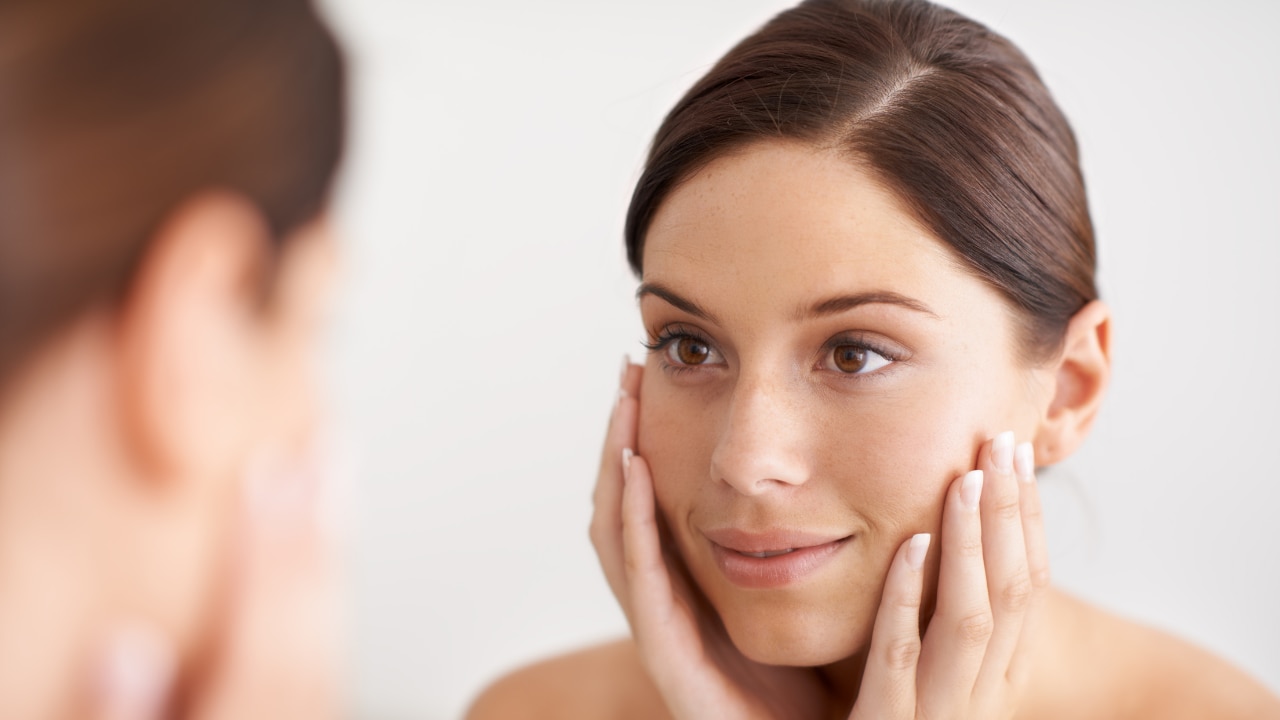
While everyone's skin is unique, experts typically classify skin into five primary types based on genetically determined characteristics, particularly its level of oil (sebum) production and sensitivity. Understanding how many types of skin there are is the first conceptual step in your identification process.
- Normal Skin Type
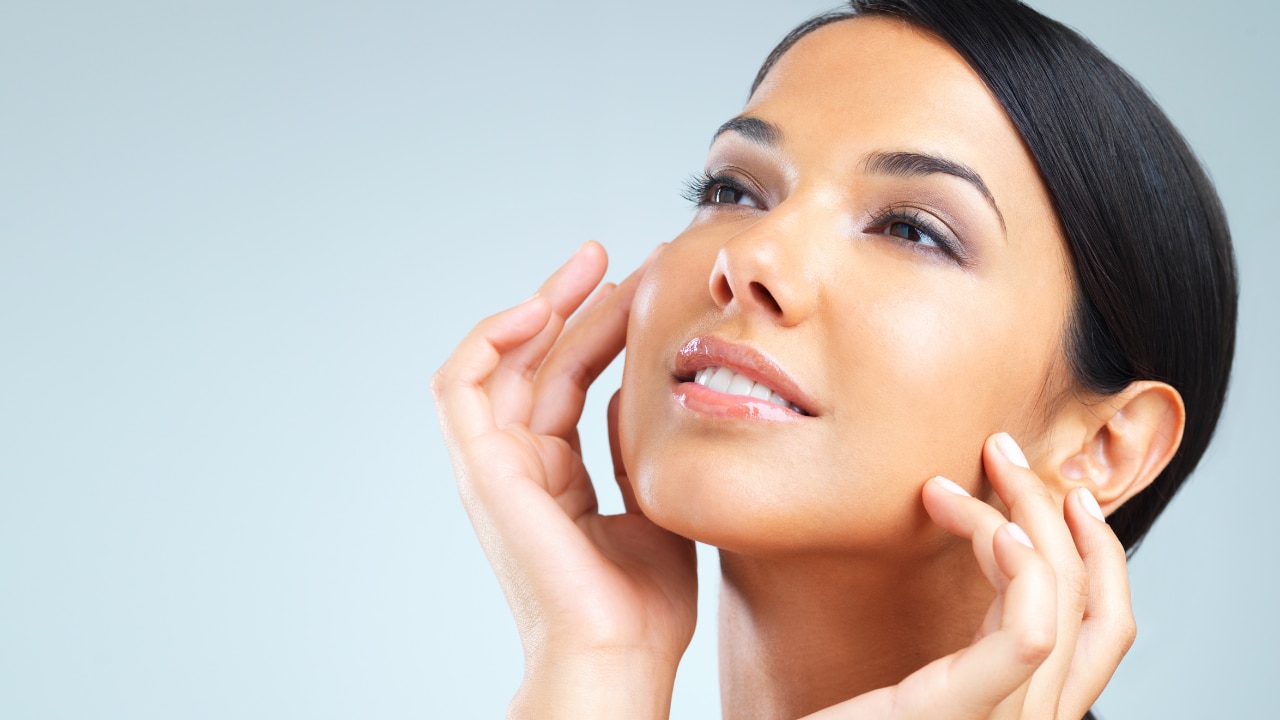
Often considered the "gold standard," normal skin type is well-balanced. It is neither too oily nor too dry, has minimal imperfections, small pores, and a generally even tone. It tolerates most ingredients and rarely reacts negatively to new products. Sebum production is regulated, resulting in a smooth texture and a healthy glow.
- Dry Skin Type
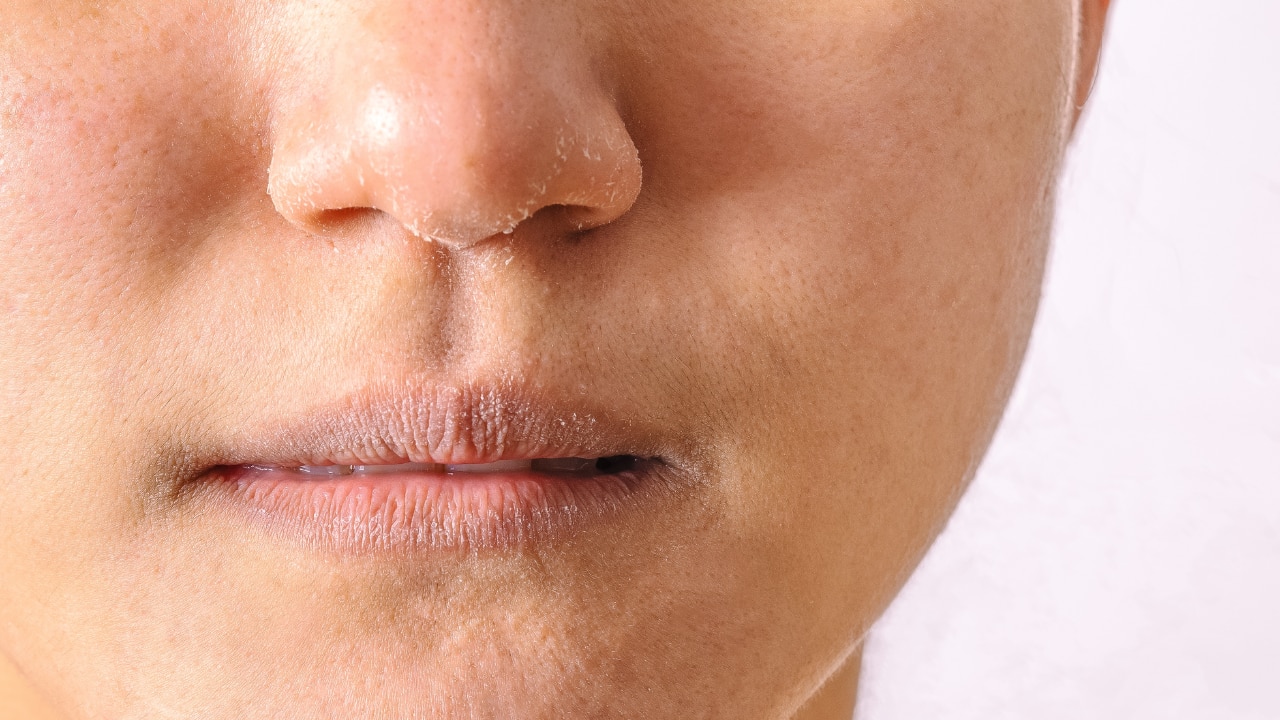
Dry skin type is characterised by a lack of natural oils (sebum), leading to inadequate moisture retention. It often feels tight, can look dull or rough, and is sometimes prone to flakiness, scaling, or visible fine lines. Pores are typically small and barely visible. This skin type is susceptible to environmental damage and can feel itchy or uncomfortable.
- Oily Skin Type

Oily skin type is the result of overactive sebaceous glands, leading to excessive sebum production. Key traits include a shiny or greasy appearance, particularly in the T-zone (forehead, nose, and chin), enlarged or noticeable pores, and a frequent tendency towards blemishes, blackheads, and acne due to clogged pores. This skin type often has a robust, thicker texture.
- Combination Skin Type

The most common of all types, combination skin type, presents a mix of two or more distinct types on the face. Typically, the T-zone is oily (with larger pores and shine) while the cheeks and jawline are normal or dry. Skincare for this type requires a strategic, zoned approach to balance the conflicting areas.
- Sensitive Skin Type
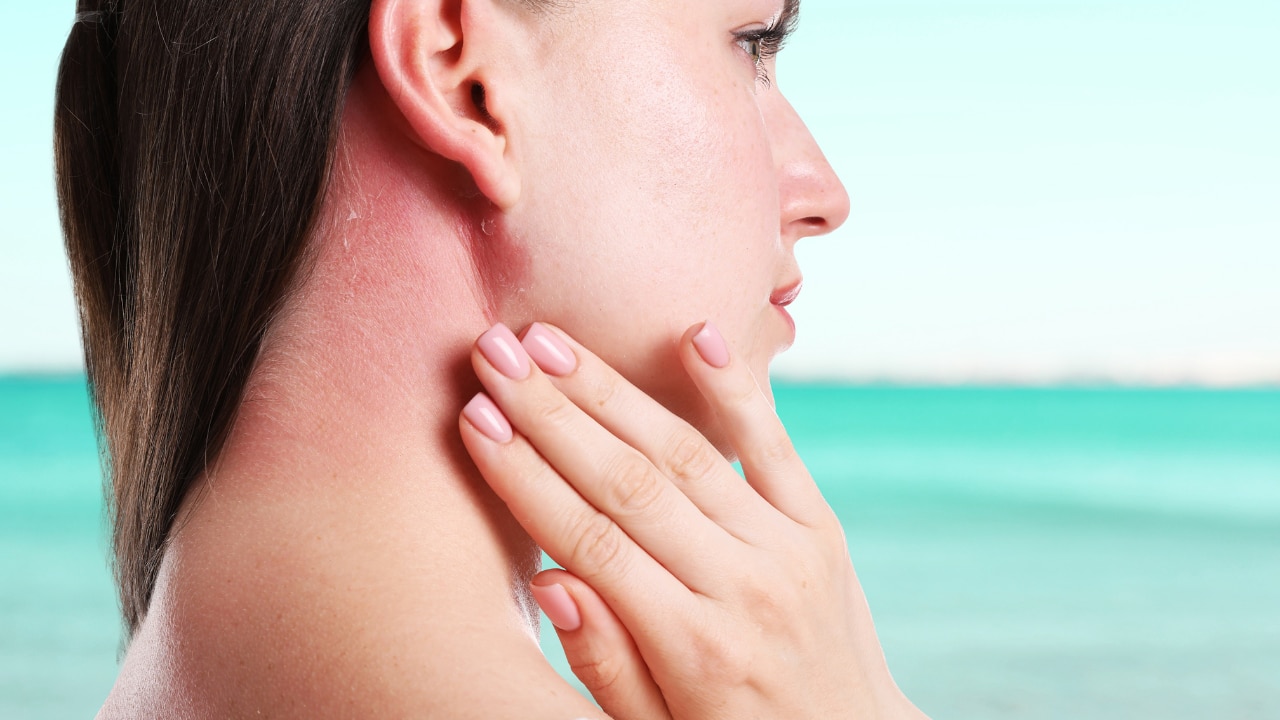
Sensitive skin type isn't always a standalone type–it can co-exist with dry, oily, or combination skin–but it is a classification based on a lowered tolerance threshold. It is reactive and easily irritated, often showing signs like redness, itching, burning, or tightness when exposed to triggers like harsh ingredients, specific cosmetics, fragrances, environmental changes, or stress. Skincare focuses on soothing and barrier repair.
03Skin Type Test: How to Identify Your Skin Type
The easiest and most accurate way to determine your type is through the "Bare-Face Test." This skin type test is simple, requires no products, and relies on observing your skin's behaviour after it's been cleansed.
The Bare-Face Test
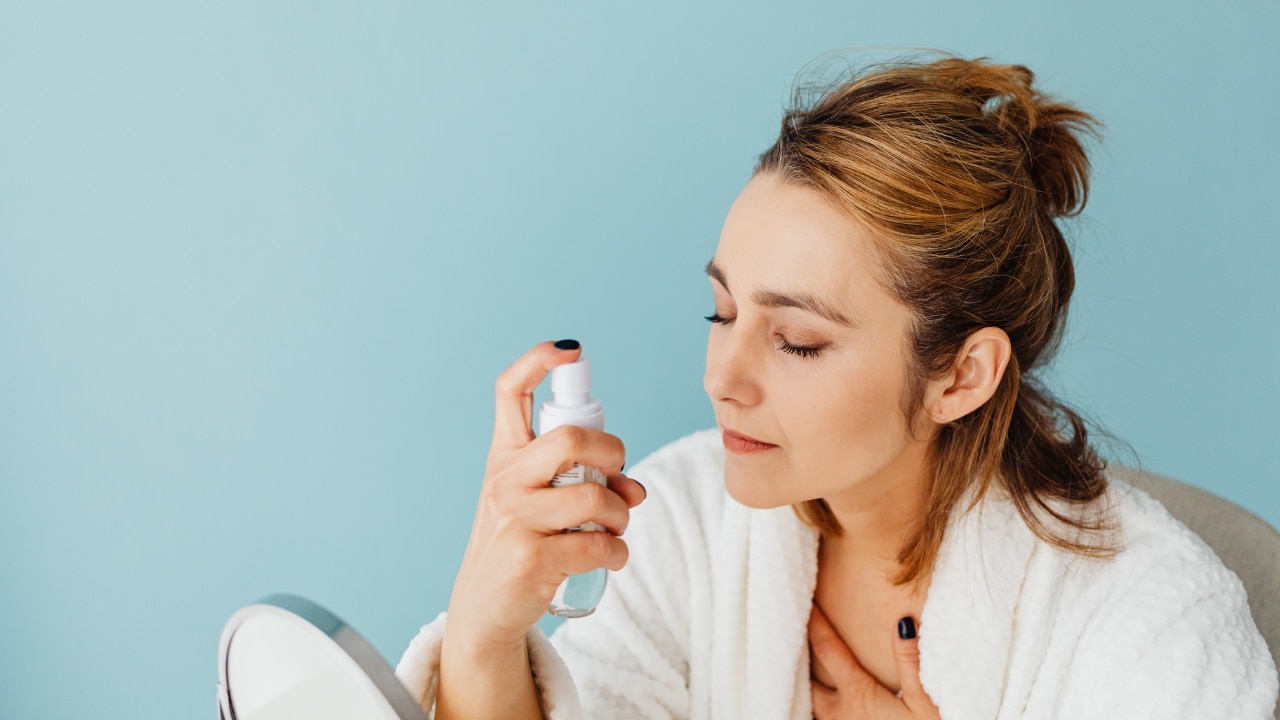
- Cleanse: Wash your face with a gentle, mild cleanser. Pat it dry very gently with a soft towel.
- Wait: Do not apply any serums, moisturisers, or makeup. Wait for at least 30 minutes. This gives your skin time to revert to its natural state.
- Observe (30 Minutes): After 30 minutes, assess how your skin feels and looks.
- Observe Again (Full Hour/Mirror Test): After a full hour, gently press a clean piece of blotting paper or a thin tissue onto different areas of your face (forehead, nose, cheeks, chin). Hold it up to a light source to examine the amount of oil absorbed.
Skin Type Test Results

| Skin Type | Key Traits | Recommended Care |
|---|---|---|
| Normal | Smooth, few to no blemishes, comfortable tightness after washing, blotting paper shows minimal oil in T-zone. | Focus on maintenance, protection (SPF), and hydration. |
| Dry | Feels tight/parched after washing, may appear flaky or rough, pores are small/invisible, blotting paper shows no oil anywhere. | Use rich, creamy cleansers, oils, thick occlusive moisturisers, and ingredients like ceramides and hyaluronic acid. |
| Oily | Appears shiny or greasy all over, large/visible pores, prone to blackheads/acne, blotting paper absorbs significant oil from all areas. | Use gel-based cleansers, non-comedogenic and oil-free products, and ingredients like salicylic acid (BHA) to control sebum. |
| Combination | Oily T-zone (shiny, larger pores) with normal or dry cheeks/jawline. Blotting paper shows oil primarily on the nose and forehead. | Use lighter products on the T-zone and richer products on dry areas. Strategic use of gentle exfoliants. |
| Sensitive | Redness, itching, burning, or breakouts after product use; high reactivity to environmental changes. | Use fragrance-free, hypoallergenic products. Prioritise barrier repair and simple routines. Look for Simple Smoothing Gel Cleanser. |
04Skin Type Care Tips
Once your type is confirmed, you can tailor your routine for maximum efficacy.
Normal Skin: The Balancing Act
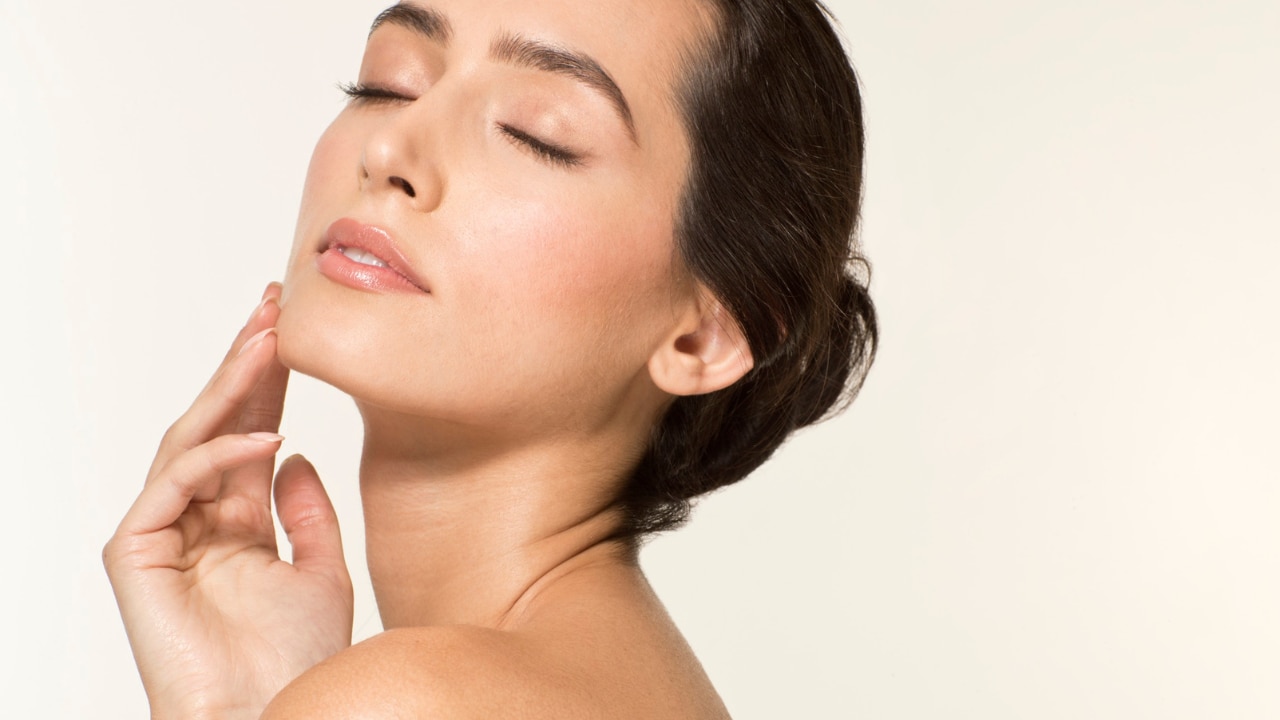
Your focus is on protection and subtle enhancement.
- Cleansing: Gentle, hydrating cleanser once or twice a day.
- Moisturiser: Lightweight lotion or gel-cream. Look for a product like Simple Protecting Light Moisturizer to maintain balance.
- Key Step: Don't skip sun cream. Use a broad-spectrum SPF 30+.
Dry Skin: Barrier Restoration and Moisture Lock
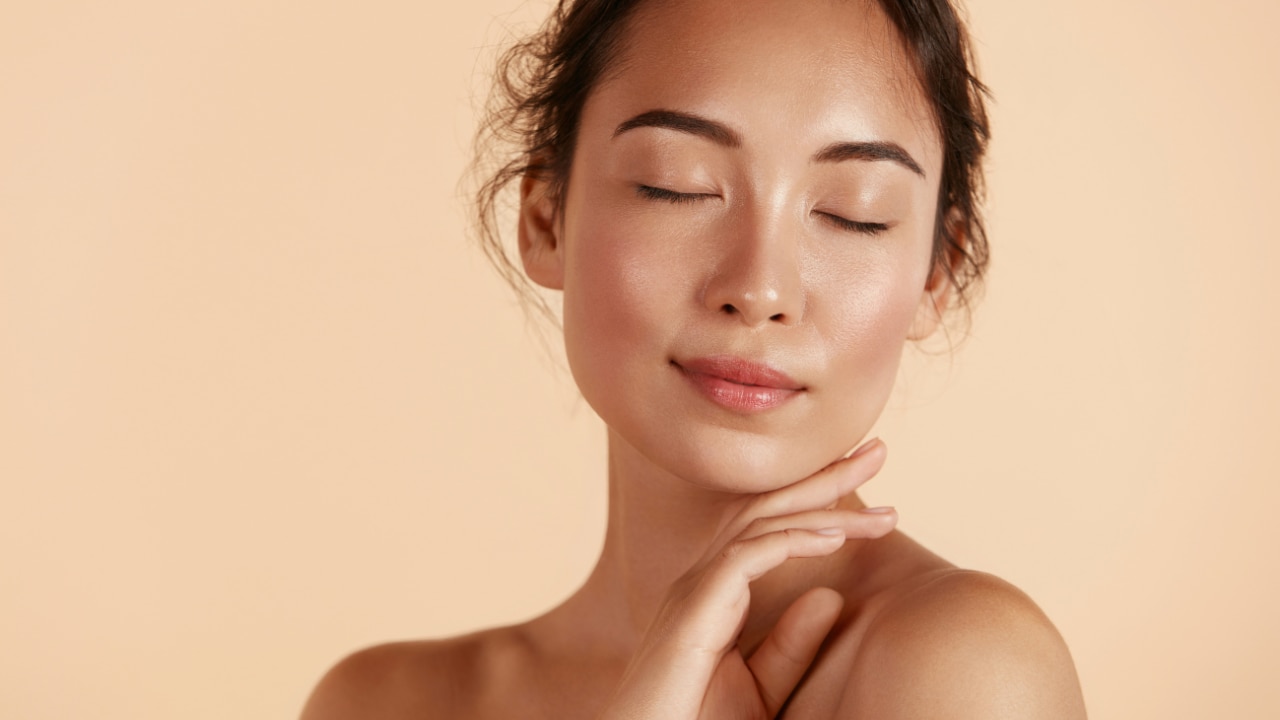
The goal is to replenish lost lipids and prevent evaporation.
- Cleansing: Creamy, non-foaming cleansers. Avoid harsh detergents.
- Moisturiser: Rich, thick creams containing ingredients like ceramides, shea butter, and petrolatum (occlusives) to lock in moisture. Apply moisturiser while the skin is still damp.
- Enhancement: Incorporate a hydrating serum (like hyaluronic acid) before your moisturiser.
Oily Skin: Sebum Control and Clarity

The priority is managing excess oil without stripping the skin, which can cause more oil production.
- Cleansing: Gel or foaming cleansers containing Salicylic Acid (BHA) to deep-clean pores.
- Moisturiser: Lightweight, non-comedogenic, oil-free gel or water-based formulas. Yes, oily skin still needs moisturiser!
- Treatments: Clay masks once a week to absorb excess sebum and minimise the look of pores.
Combination Skin: The Zoned Strategy

Treat different areas with different products if necessary, but generally lean toward lightweight formulas.
- Cleansing: A gentle, balanced cleanser for overall use.
- Moisturiser: A lightweight lotion. Apply a slightly richer cream to only the dry cheek areas if needed, leaving the oily T-zone with a thinner layer.
- Treatments: Use BHA/salicylic acid only on the T-zone to control oil and blackheads.
Sensitive Skin: Simplicity and Soothing
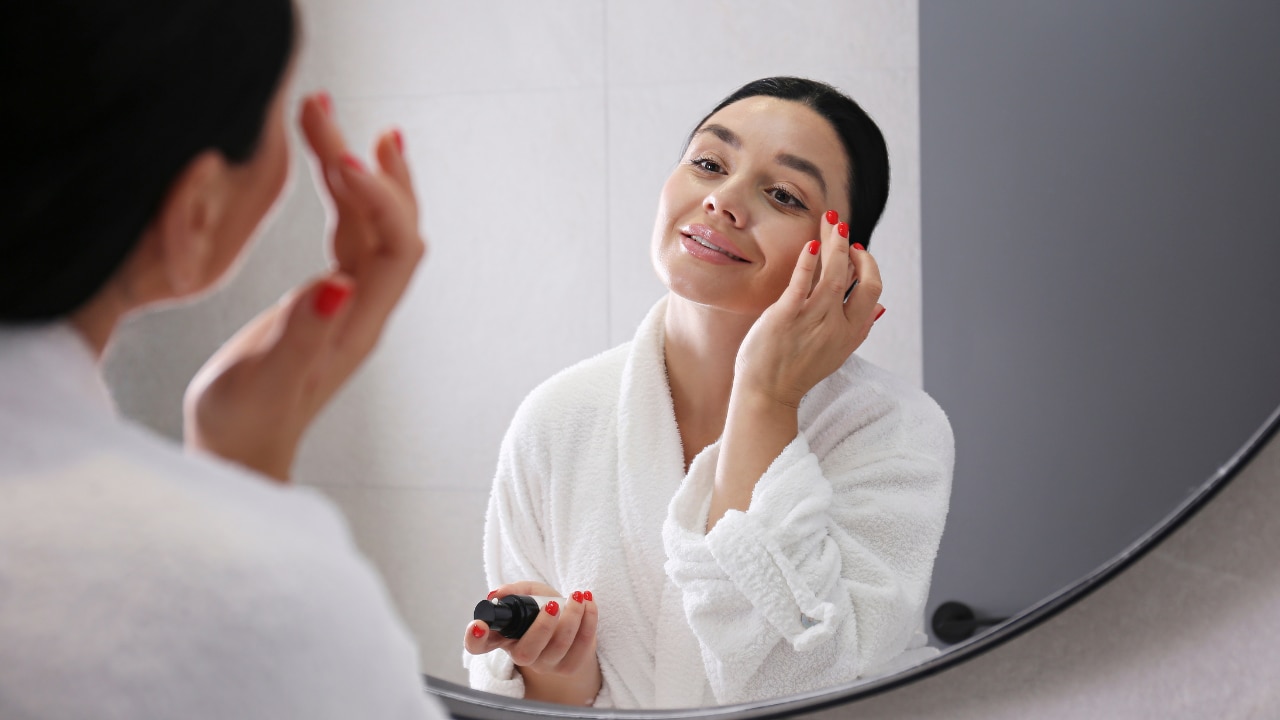
The rule of thumb is "less is more." Focus on simple, effective, and calming ingredients.
- Cleansing: Extremely gentle, non-foaming, fragrance-free, and minimal-ingredient cleansers. Stick to a trusted simple sensitive skin cleanser.
- Moisturiser: Look for products labelled "hypoallergenic" and "fragrance-free" with calming ingredients like centella asiatica (cica), oatmeal, or allantoin.
- Avoid: Fragrance, alcohol (denatured), essential oils, strong acids, and harsh physical scrubs. Patch-test all new products.
05Quick Tips & Common Mistakes
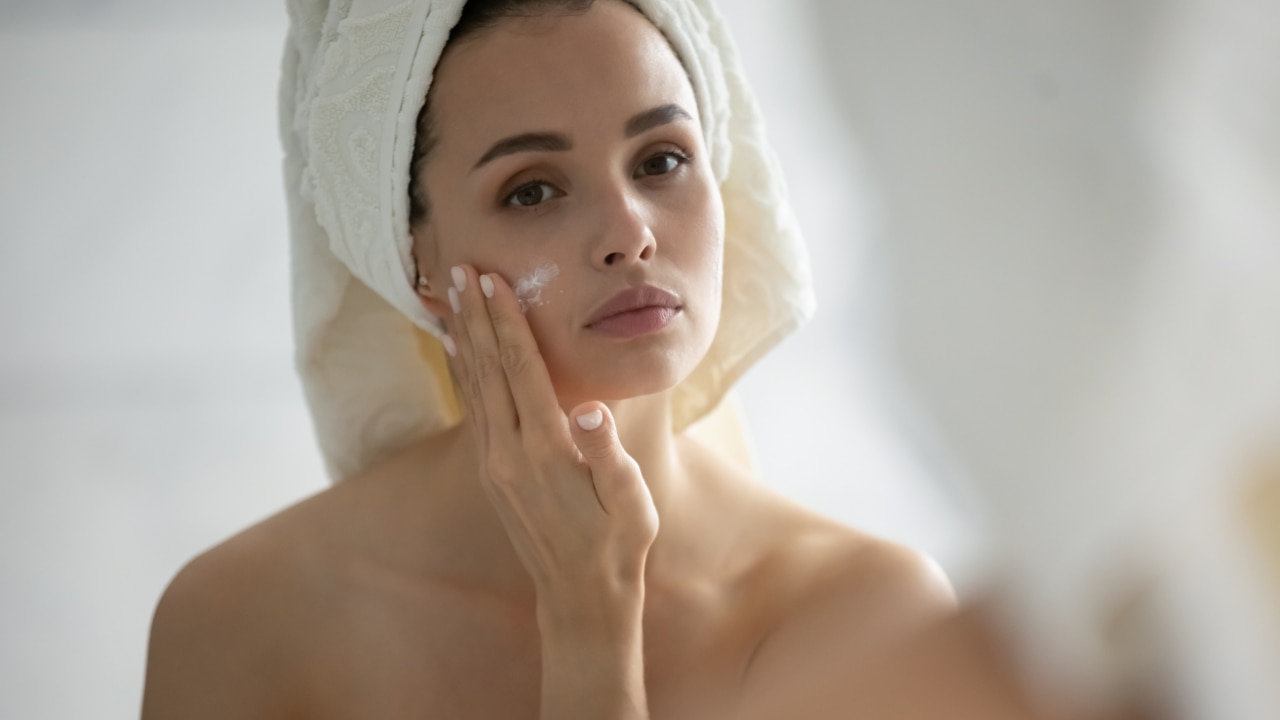
Quick Tips for Skincare Success
- Patch Test: Always test new products on a small, discreet area (like behind the ear or on the inner arm) before applying them to your entire face, especially if you have sensitive skin type.
- Consistency is Key: No product works overnight. Commit to a routine for at least 4-6 weeks to see real results.
- Never Skip SPF: Sun protection is the most vital anti-ageing step for every skin type. Look for a broad-spectrum, high-factor option like Simple Kind to Skin Gel Sunscreen for comprehensive protection.
- Hydrate Internally: Drink plenty of water throughout the day. Skin hydration starts from within.
Common Skincare Mistakes
- Over-Exfoliating: Stripping the skin of its natural oils (especially oily or normal skin types) can trigger the skin to produce more oil, or damage the barrier (especially dry or sensitive skin). Limit chemical exfoliation to 1-3 times per week.
- Ignoring the Neck and Chest: These areas age just as quickly as the face. Extend your serums and moisturisers down to your décolletage.
- Changing Products Too Quickly: Your skin needs time to adjust. Giving up after a week means you might miss out on a product's true benefits.
- Using Too Many Actives: Layering multiple potent ingredients (like retinoids, AHAs, Vitamin C) in one routine can overwhelm and irritate the skin, reversing any positive effects. Stick to one or two focused actives per routine.
06Conclusion
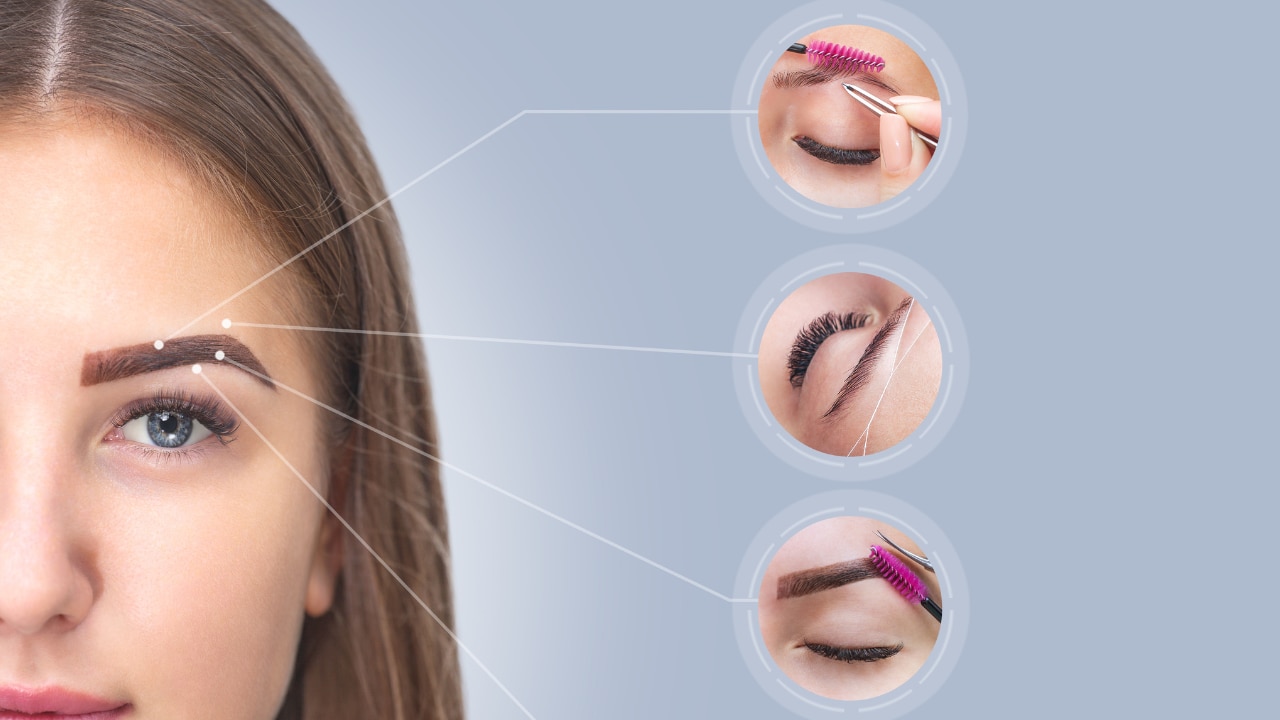
Knowing your skin type is the single most powerful step toward achieving your skincare goals. By using the Bare-Face Test and understanding the key characteristics of normal skin type, dry skin type, oily skin type, combination skin type, and sensitive skin type, you can move past generic routines and into a personalized, effective regimen. This foundation of knowledge ensures that every product you apply is a strategic investment in your skin's long-term health and luminosity.
07FAQs
Q: Can my skin type change?
A: Your inherent skin type (e.g., genetically dry or oily) is largely fixed, but your skin condition can change based on factors like weather, diet, stress, medication, and age. For example, oily skin can become dehydrated, or normal skin can become temporarily sensitive due to a harsh product. Your routine should adapt to these conditions.
Q: If I have dry skin, why am I still getting blemishes?
A: This is often a sign of dehydrated skin (lacking water) rather than dry skin (lacking oil). When skin is dehydrated, it can over-produce sebum to compensate for the lack of moisture, leading to clogged pores and breakouts. The solution is adding lightweight, water-based hydration (serums) before your heavier moisturiser.
Q: How do I tell the difference between combination skin and normal skin?
A: Combination skin will have a definite shiny T-zone with visible or larger pores in that area, while the cheeks are matte or dry. Normal skin has a consistent, balanced texture and pore size across the entire face, with only a light sheen after the Bare-Face Test.

